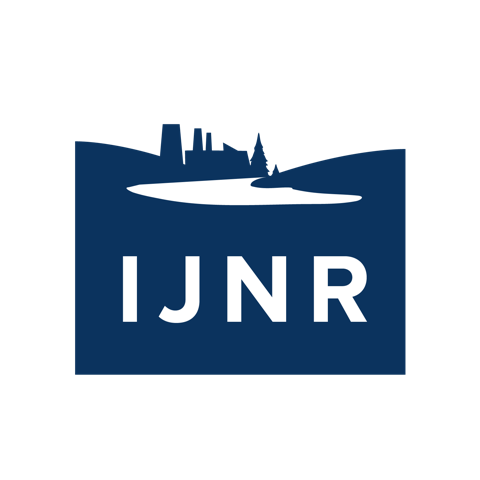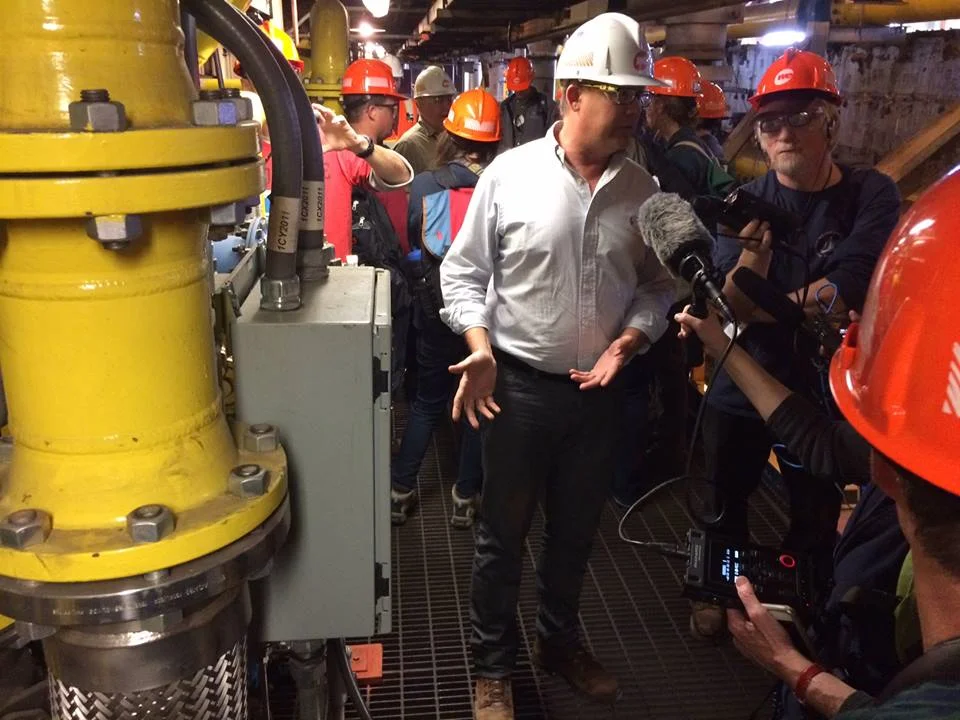Great Lakes Energy Institute
WISCONSIN & MICHIGAN
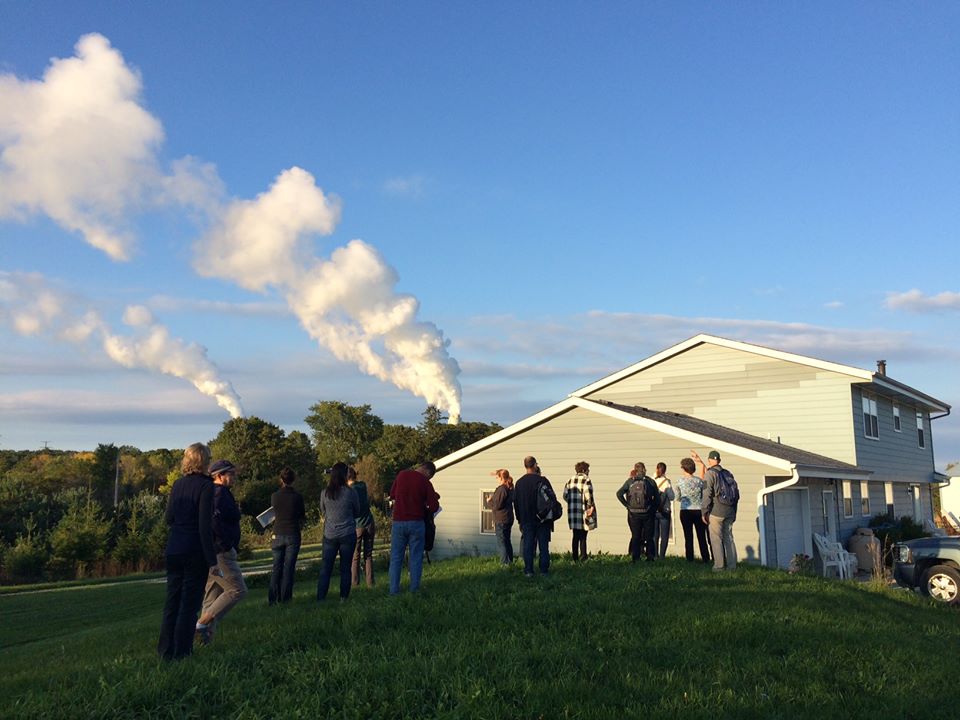
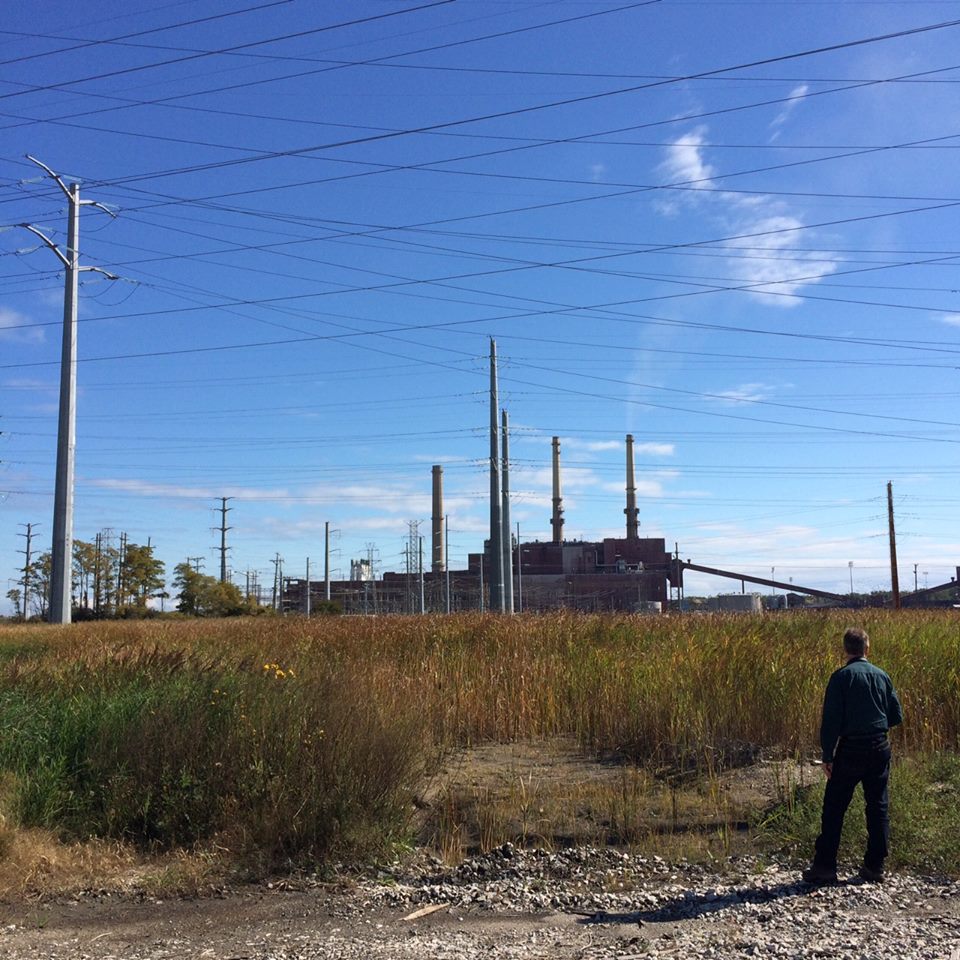
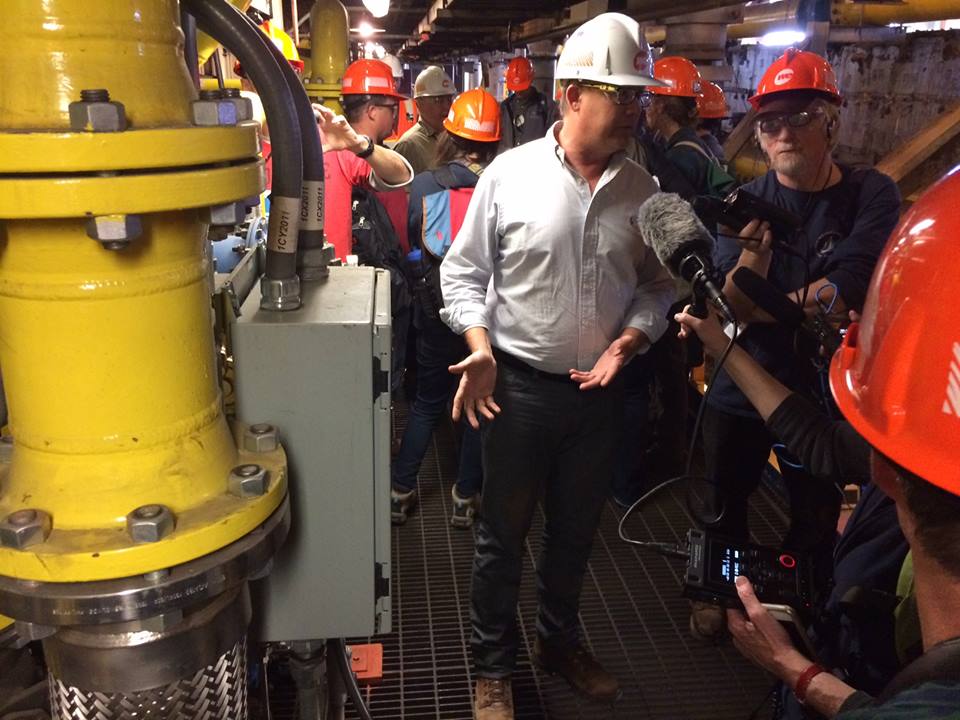
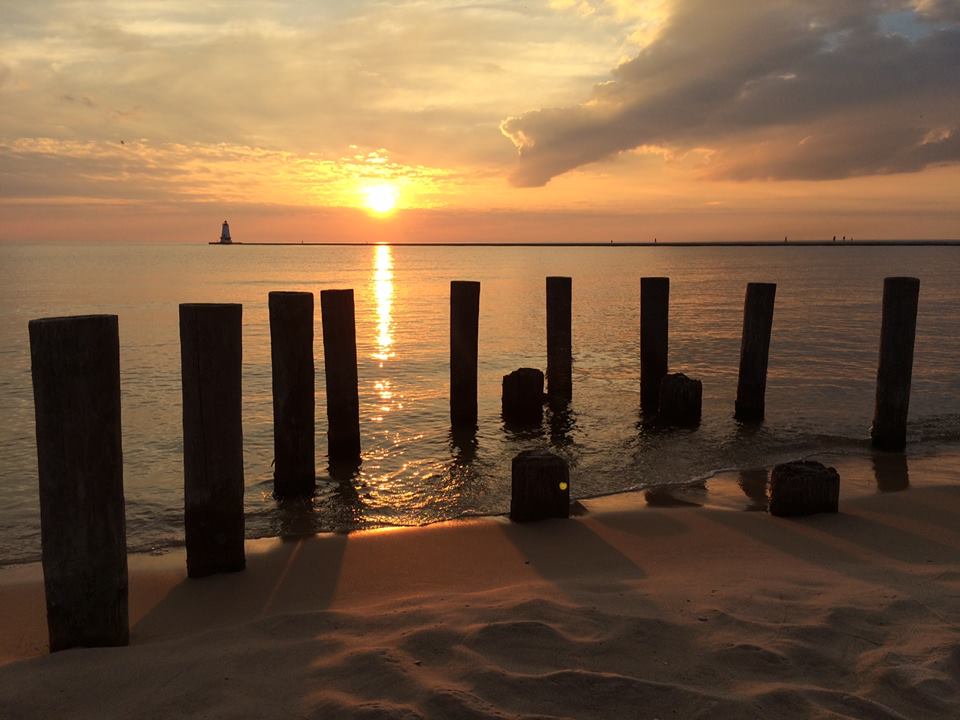

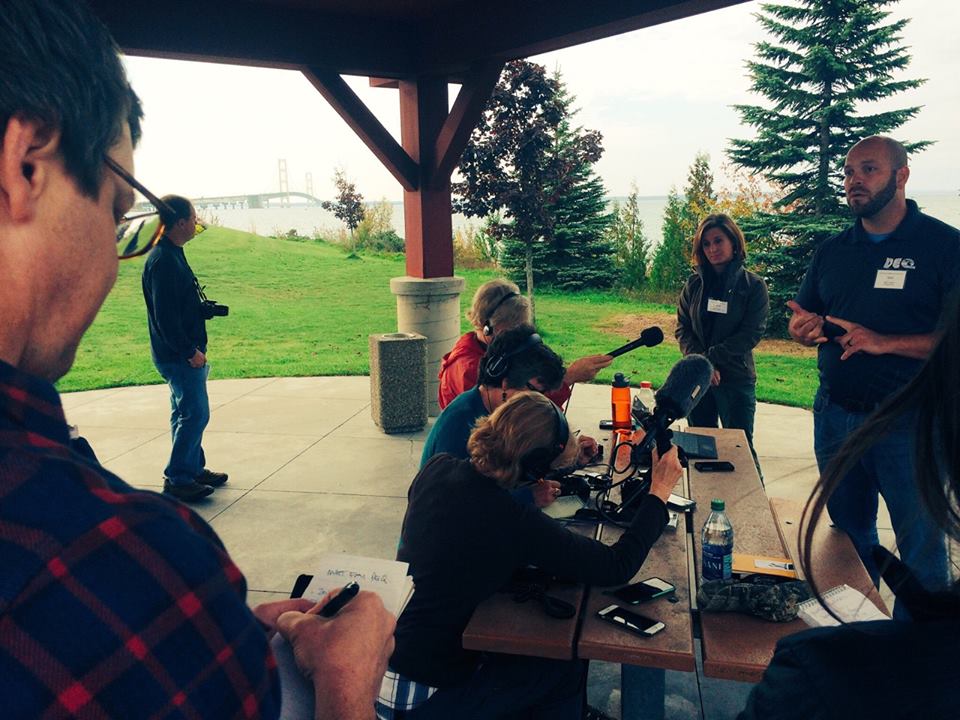

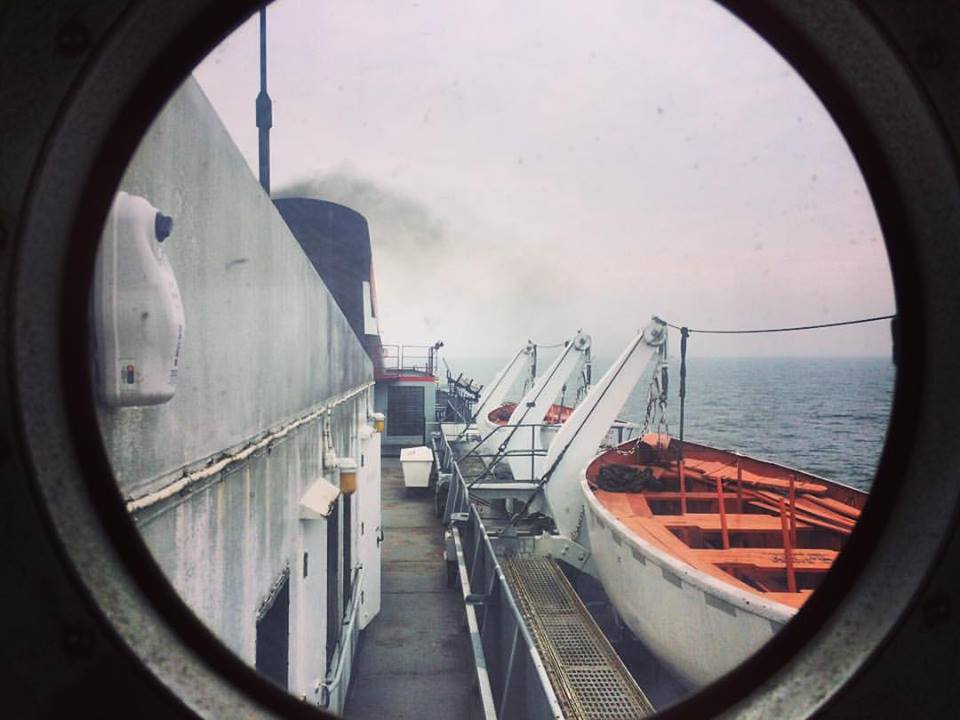
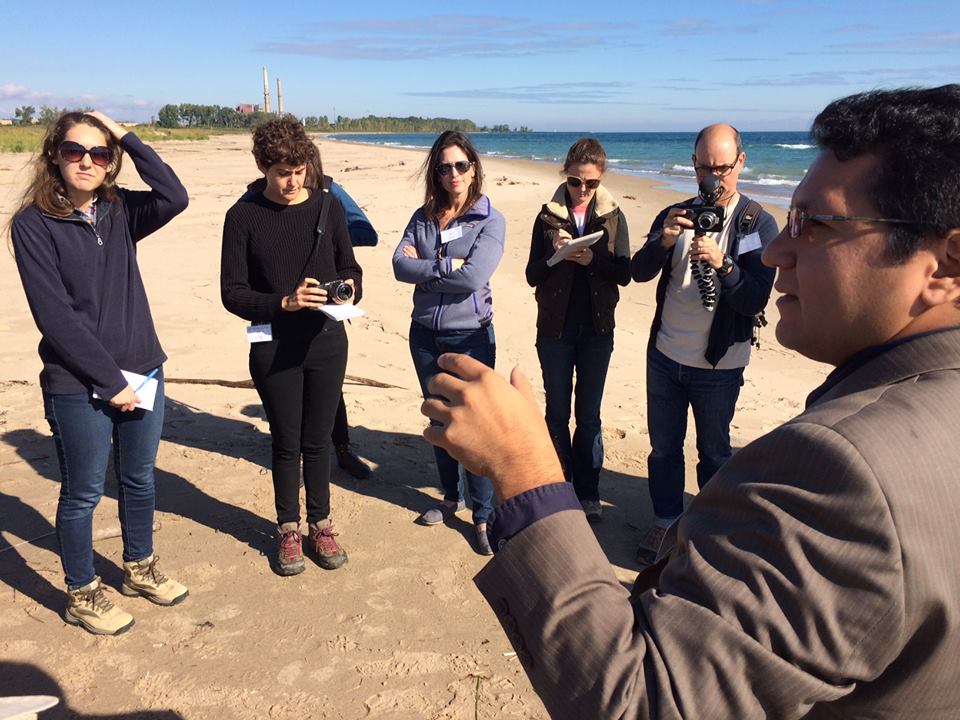
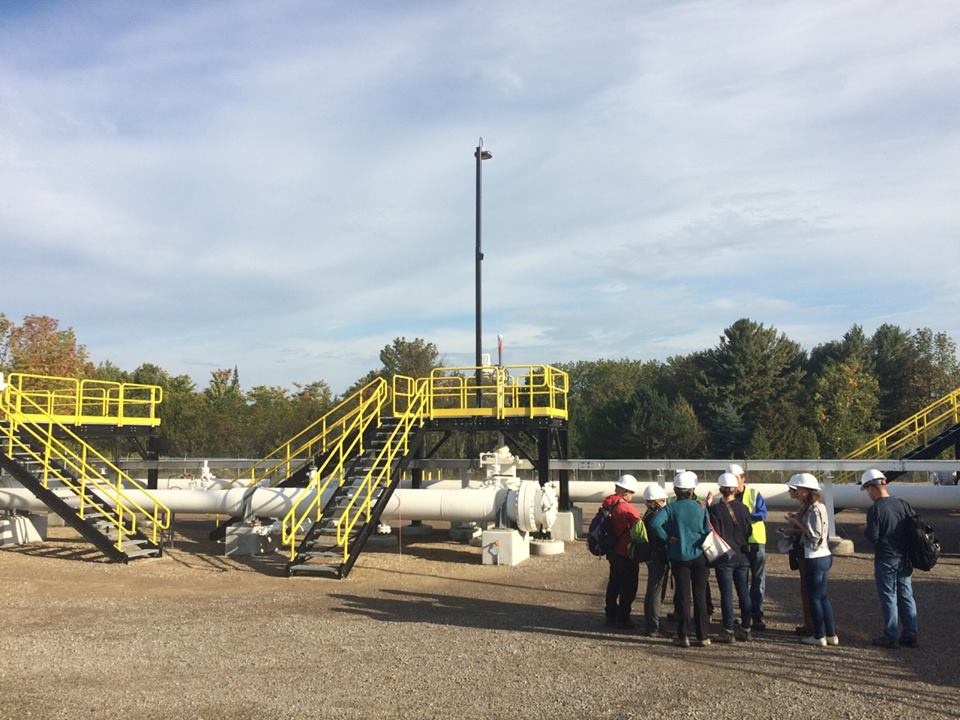



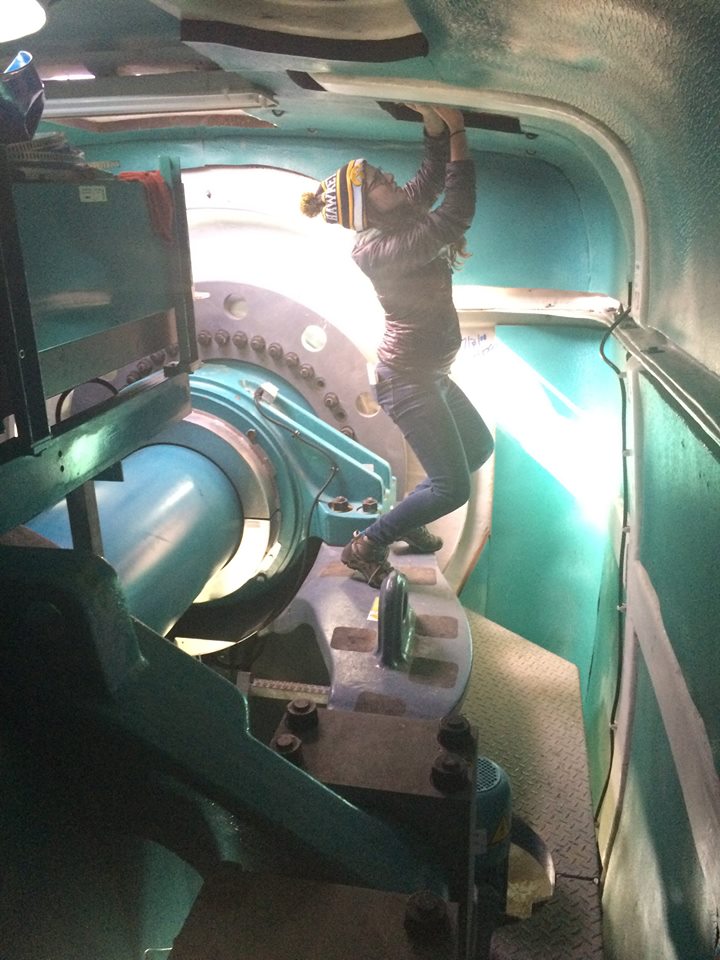
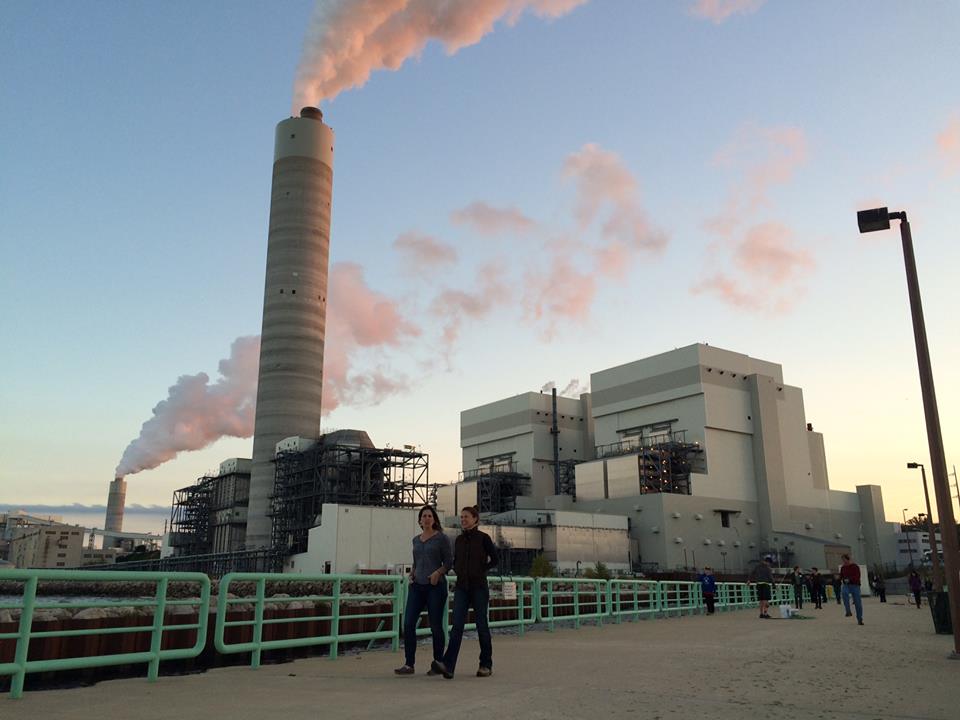
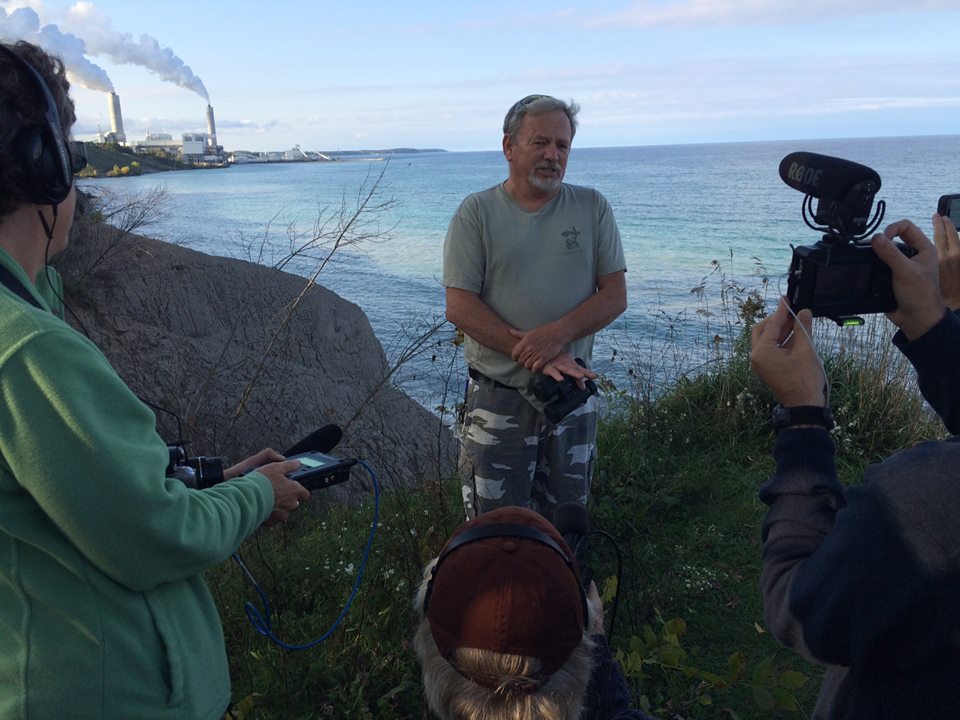
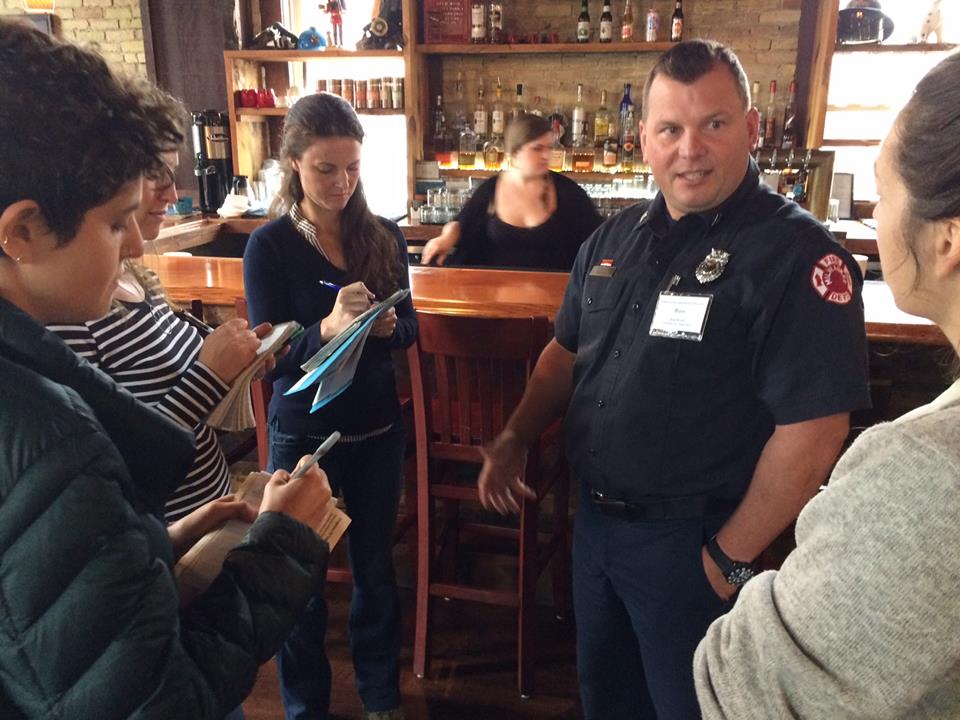

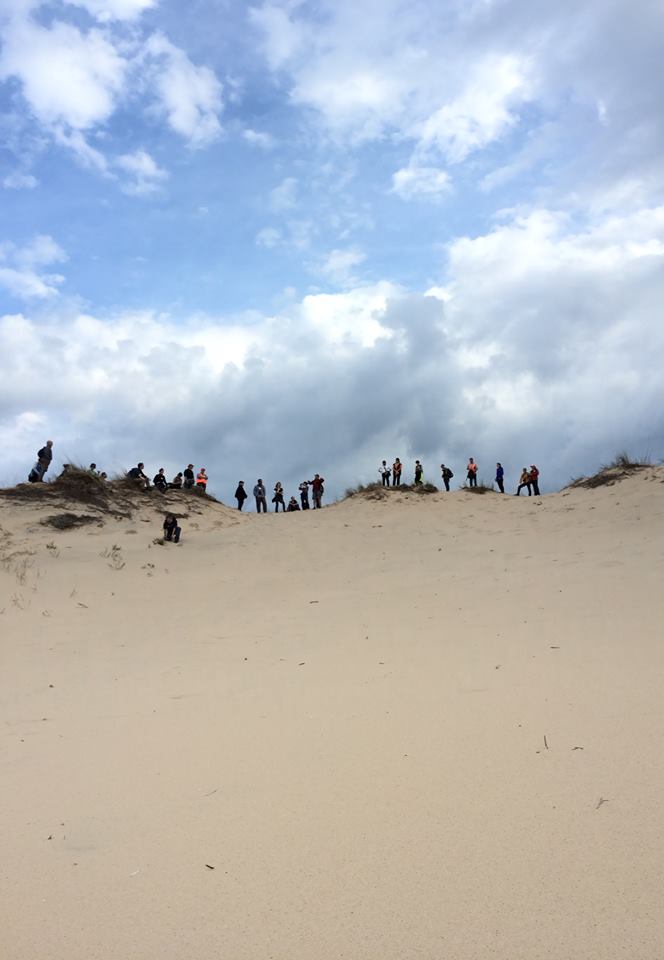
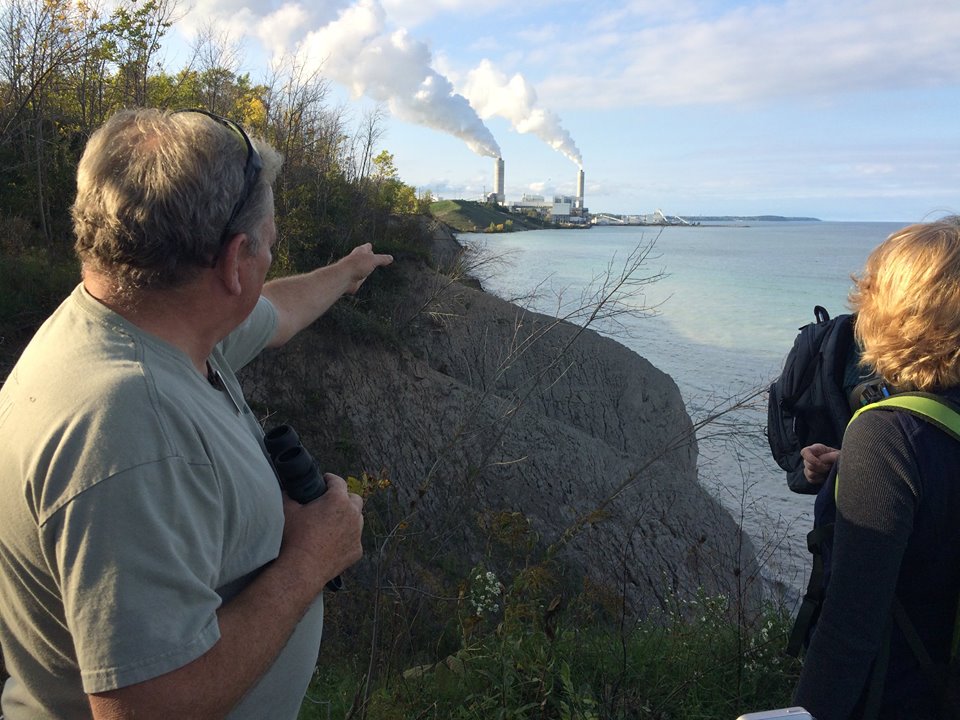
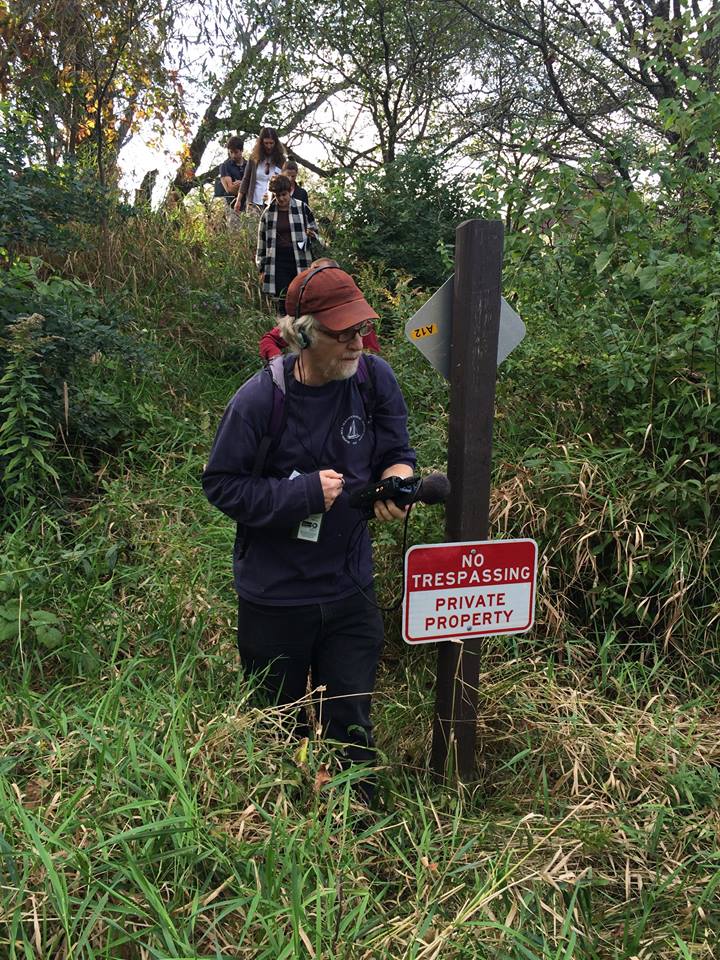

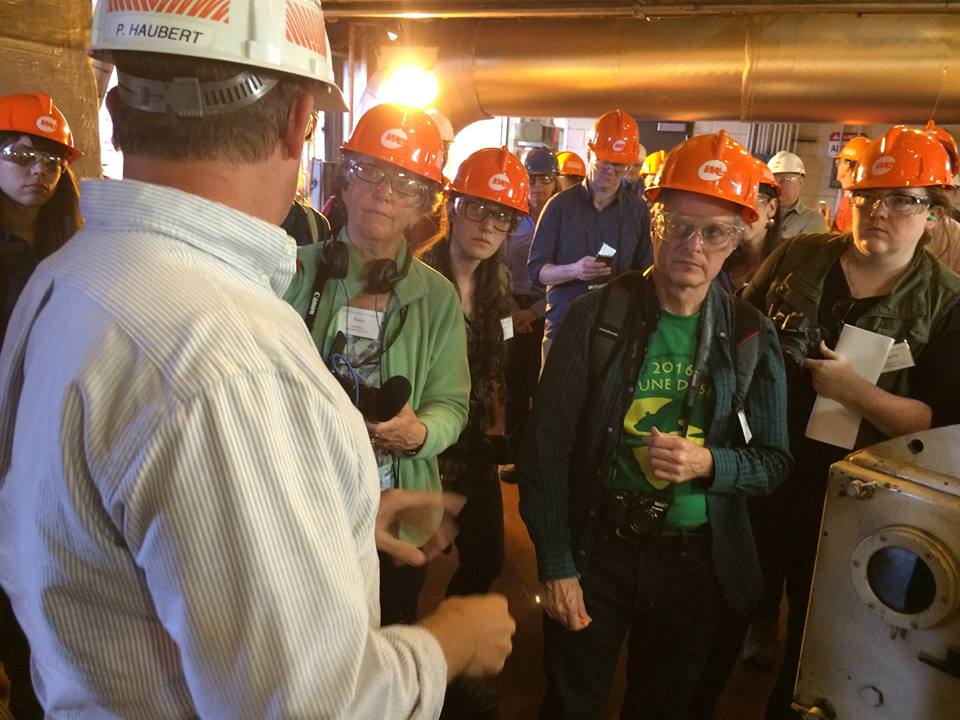


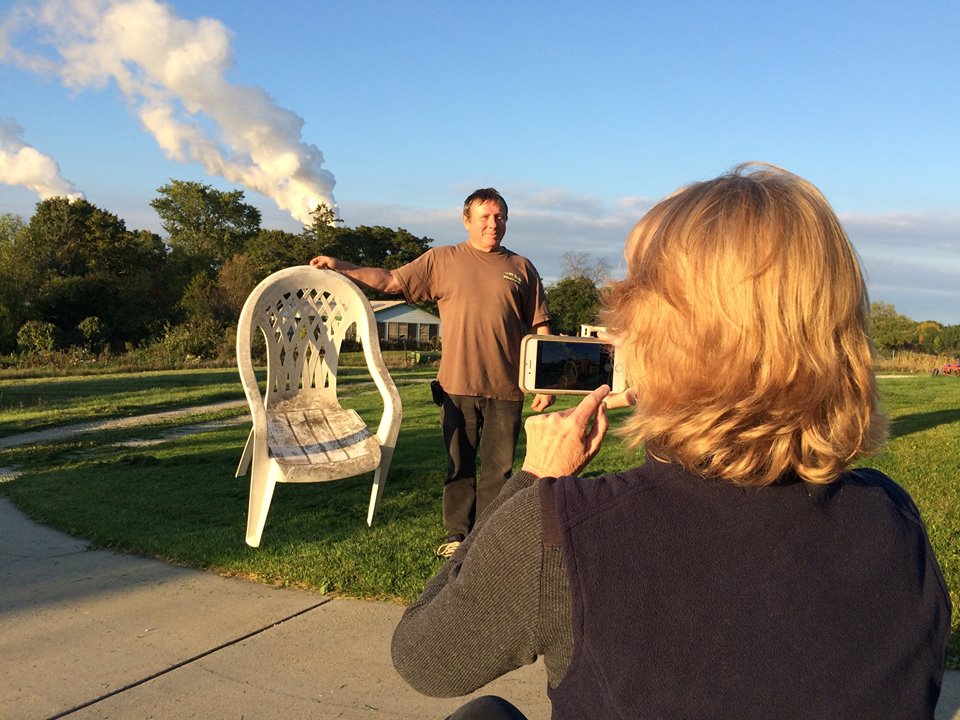
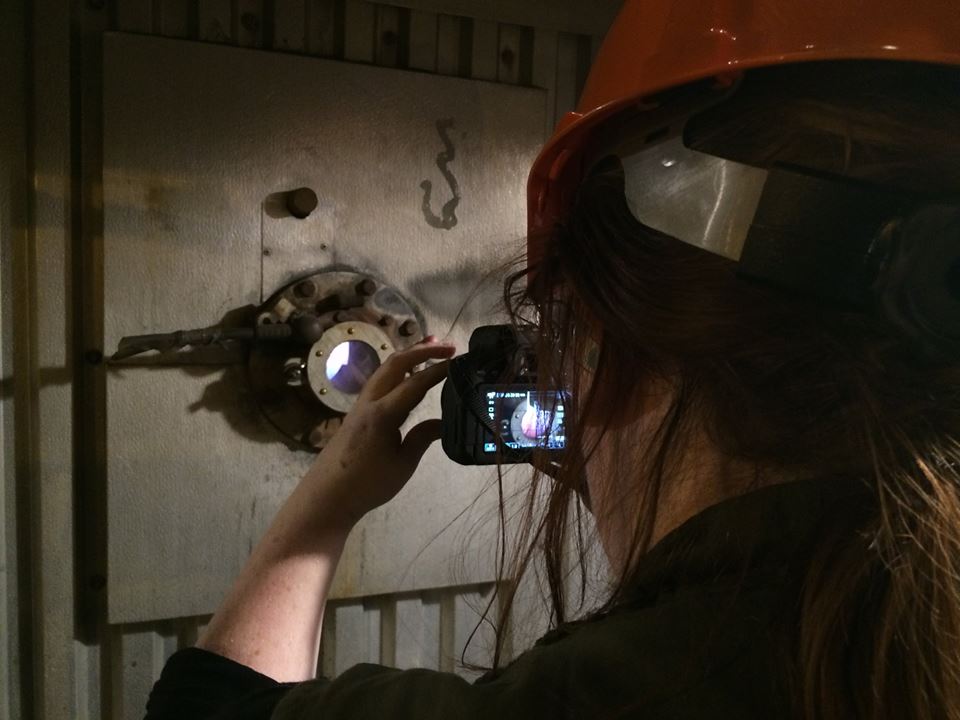
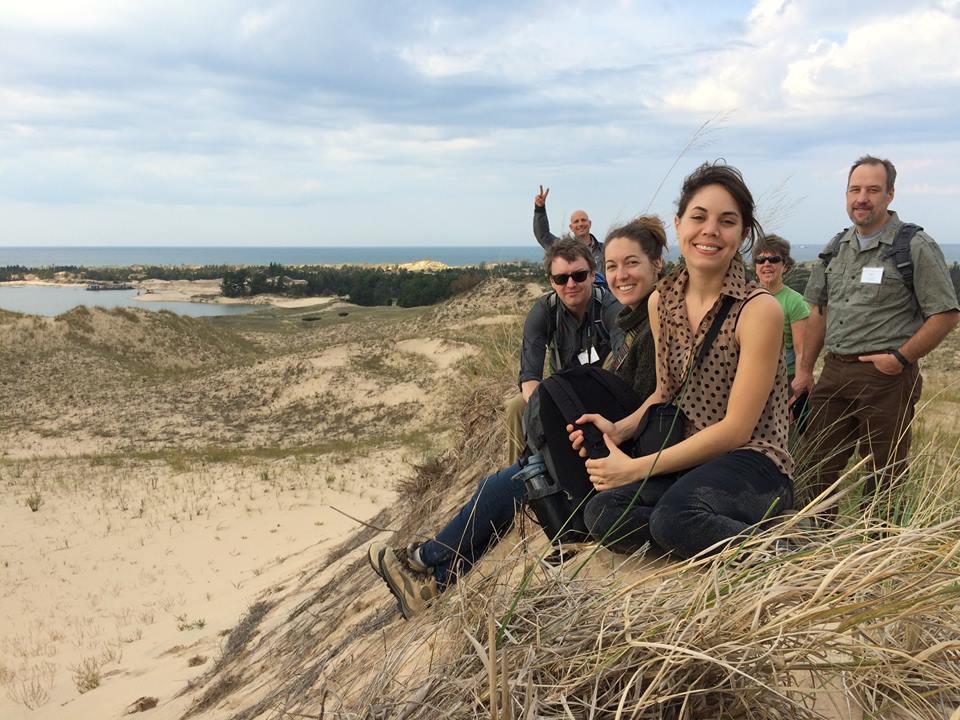
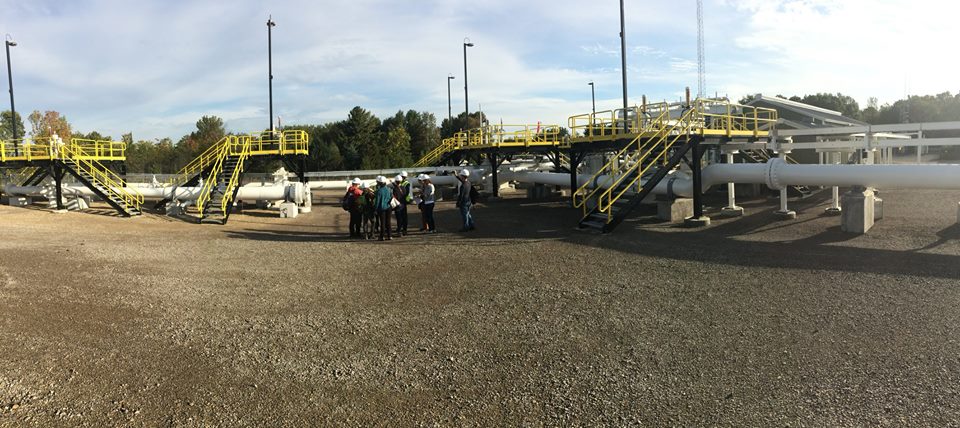
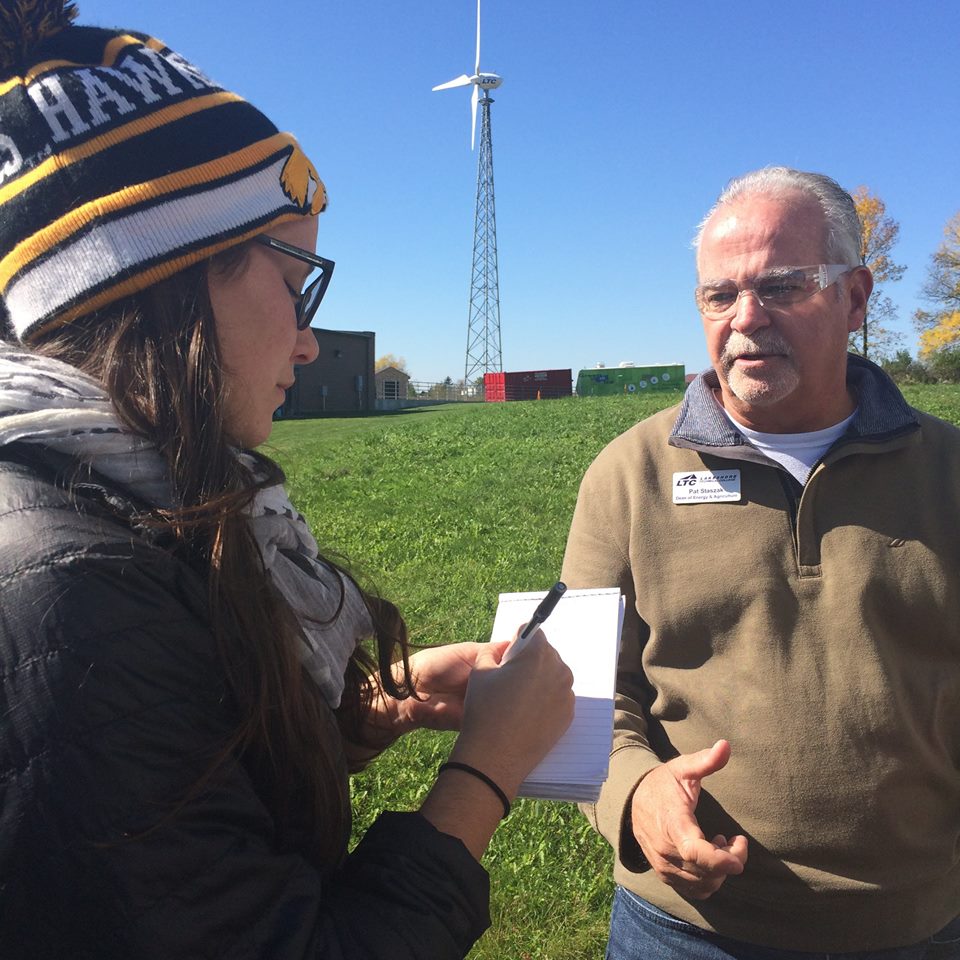

OCTOBER 2-8, 2016
Over the past century, three fossil fuels – petroleum, natural gas and coal – have dominated U.S. energy production and consumption. In 2015, these fossil fuels made up 81.5% of total energy consumption in the country. While fossil fuels have held well above an 80% share for the last one hundred years, that 2015 number marks a new low. And it may be a sign of big changes to come.
The U.S. Energy Information Administration is projecting that, by 2040, renewable energy generated by wind and solar will eclipse the contributions of biofuels and nuclear power and even rival coal in our national energy make up. Natural gas, meanwhile, will vie with petroleum for top billing.
IJNR’s Great Lakes Energy Institute investigated how these changes are playing out on the ground. Fellows spent a week exploring everything from gas and oil pipelines and trains carrying crude through the Great Lakes region, to a potential new shale gas play in Michigan and Wisconsin’s largest solar array – built on the remains of a decommissioned coal operation.
Fellows met with scientists, business people, lawmakers, activists and local citizens as they took a deep dive into the stories that arise when economy, energy and our environment intersect.
Where We Went & What We Did
Supporters of this program include the Joyce Foundation, the Brookby Foundation, the Brico Fund and other contributors and individual donors. IJNR maintains editorial independence and control in all of its programming and decision-making.
